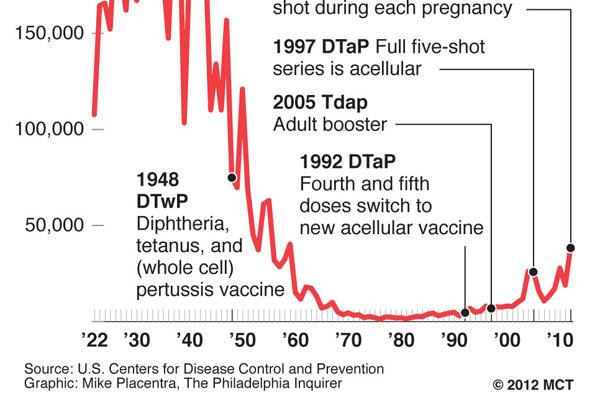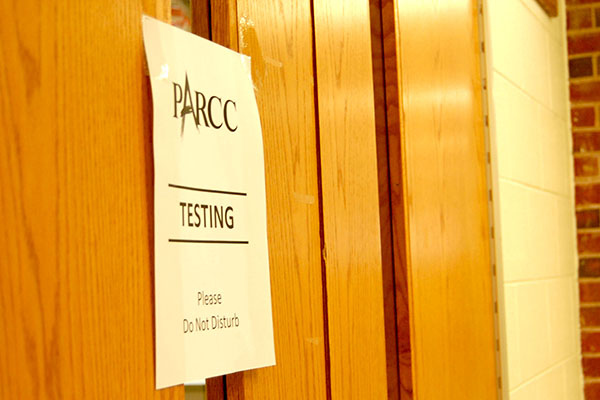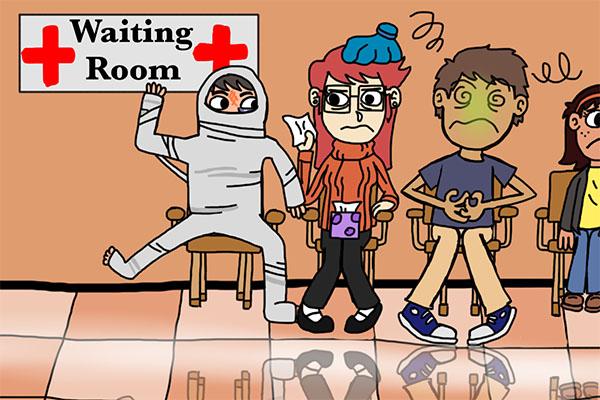
In past years, disease rates have dropped significantly because vaccines have become so readily available. Yet as fewer and fewer people choose to receive vaccinations, diseases that were once thought of as nearly completely eradicated may pose a major risk to the public. The Illinois Department of Health now requires that students in grades 6-12 show proof of receiving the combined tetanus, diphtheria and acellular pertussis vaccine (Tdap) before being admitted to the public school system. Though most students have likely already received the Tdap vaccine, questions about the efficiency and importance of vaccines for children have recently been raised at the national and state level.
Before the popularization of vaccines, there was only one way to gain immunity to a disease: getting sick. For common childhood diseases, like the chicken pox, there were normally no lasting health consequences, but for others like polio or meningitis, the effects could be deadly. Yet vaccinations helped to prevent this, not only in the one person who received the vaccine, but also in the whole society, as the prevalence of vaccines created something called herd immunity. Simply stated, if enough of the population is immune to a disease, even those who are not immune will not become sick; there simply are not enough unvaccinated people for the disease to spread. However, 85-95% of the population must be vaccinated for this to be effective.
When vaccines first became popular, this didn’t really pose a problem. Most welcomed them as a way to protect people. Yet public perception of vaccines changed significantly in 1998 when Andrew Wakefield, a gastroenterologist from England, published a paper in The Lancet, a London medical journal, hypothesizing a link between the measles, mumps and rubella vaccine and autism. However, this study was speculative and examined only 12 cases. In fact, Wakefield later had his paper completely retracted and his medical license was revoked. Despite this, the media latched onto the idea that vaccines and autism were linked, and rumors quickly spread. And as fewer people receive vaccines, the protection herd immunity offers our society dissipates.
I believe that steps to combat this growing problem must be taken. Requiring that students receive this Tdap vaccine is a step in the right direction. This will not only protect students and reduce absenteeism, but also protect infants who are too young to be vaccinated themselves and others with impaired immune systems through herd immunity. This vaccine is a simple, nearly painless procedure, and it should be welcomed in our communities. As a school, we are fortunate that there has not been an outbreak of any serious disease, but this could be jeopardized if too many people forgo vaccines. Of course, waivers and personal belief exemptions are offered for the Tdap vaccine, and ultimately, it is an individual’s own personal decision on whether or not to receive this vaccine, but I believe that everyone should choose to receive this vaccine if they have not already gotten it. This is not just for our individual protection, but also for the health of our school and community as a whole.













